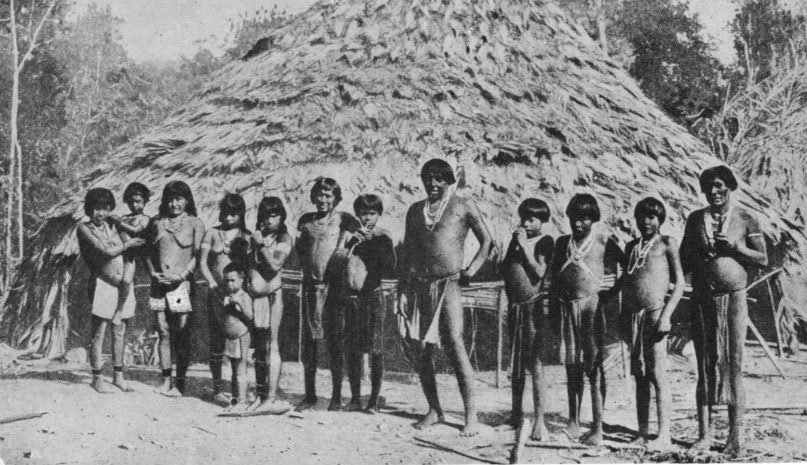Jamaica, renowned for its vibrant culture and natural beauty, has a deep-rooted history that predates the arrival of Europeans by several centuries. The island’s earliest known inhabitants were the people of the Ostionoid culture, often referred to as the Redware people due to the distinctive red pottery they left behind. These early settlers laid the foundations for what would become one of the most culturally rich regions in the Caribbean.

The Arrival of the Ostionoid Culture
Around 650 AD, Jamaica was settled by the Ostionoid people, believed to have originated from South America. These early inhabitants brought with them a tradition of pottery-making and a lifestyle centered around agriculture and fishing. The Ostionoid culture, named after the Ostiones site in Puerto Rico, was a uniquely Caribbean phenomenon, evolving locally and distinct from its mainland predecessors.
The archaeological sites at Alligator Pond in Manchester Parish and Little River in St. Ann Parish are among the earliest known Ostionoid settlements in Jamaica. These sites reveal a society deeply connected to the coast, relying heavily on the sea for sustenance. The Redware people extensively hunted turtles and fish, indicating a deep understanding of their environment and a reliance on marine resources for survival.
The Meillacan Influence
By 950 AD, a new cultural group known as the Meillacan people began to settle in Jamaica. Originating from Hispaniola, the Meillacan people either absorbed the existing Redware culture or coexisted with them, contributing to the cultural mosaic that would eventually define pre-Columbian Jamaica. The Meillacan brought with them new pottery styles and agricultural practices, further enriching the island’s cultural heritage.
The Meillacan pottery, often unpainted and decorated with intricate geometric designs, marked a shift from the simpler redware of the Ostionoid people. This new wave of settlers expanded their influence across both the coast and the interior of Jamaica, establishing a presence that would eventually lead to the rise of the Taíno culture.
The Rise of the Taíno Culture
Around 1200 AD, the Taíno culture began to take shape in Jamaica, marking the final stage of the Ostionoid tradition. The Taíno were skilled farmers, developing advanced agricultural techniques, including the conuco system of raised fields. This method, brought from South America, involved burning local vegetation and heaping the ash into mounds, which were then planted with yuca cuttings. This sustainable farming practice allowed the Taíno to thrive in the island’s challenging environment.
The Taíno culture was characterized by its elaborate and vibrant artistic traditions, with craftsmen creating intricate carvings from bone, shell, and wood. Social stratification became more pronounced during this period, with the Taíno society becoming increasingly complex and hierarchical. The Taíno people left a lasting legacy in Jamaica, evident in the island’s place names, cultural practices, and even its linguistic heritage.
A Legacy of Cultural Diversity
The history of Jamaica’s early inhabitants is a testament to the island’s rich cultural diversity. From the arrival of the Ostionoid people to the rise of the Taíno culture, Jamaica has been shaped by a tapestry of influences, each contributing to the island’s unique identity. While much about these early cultures remains shrouded in mystery, their impact on Jamaica’s history is undeniable.
Today, as we explore the remnants of these ancient societies, we gain a deeper understanding of the island’s past and the people who first called Jamaica home. The story of the Redware people and their successors is a vital chapter in the history of Jamaica, reminding us of the deep roots that underpin the vibrant culture we know today.
